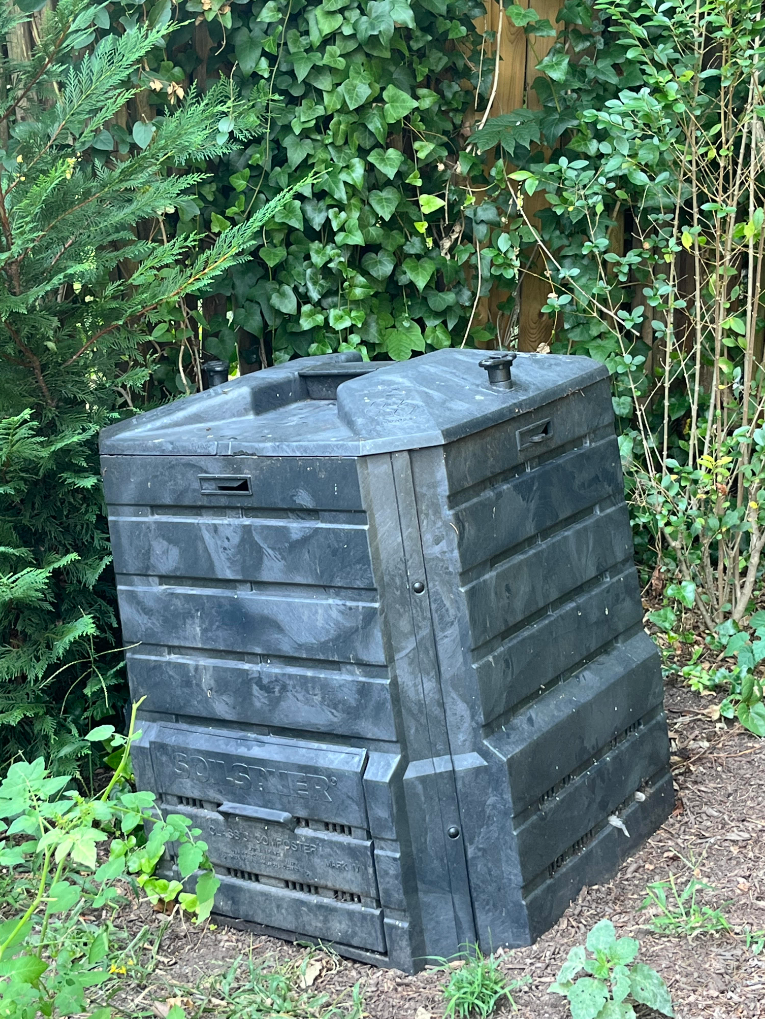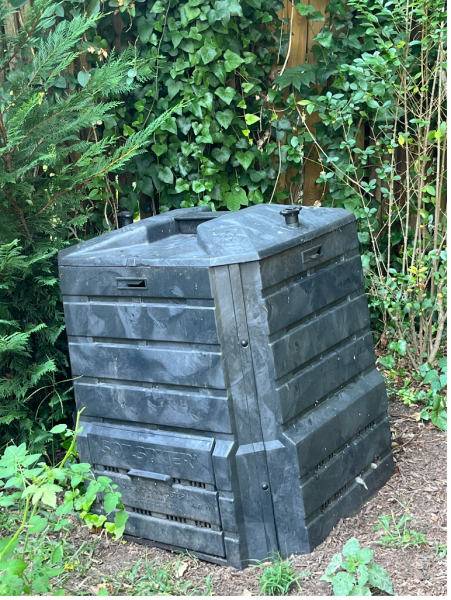New Hope in the Fight Against Alzheimer’s: Jagielska’s Artificial Axons could Accelerate Drug Development
Paranoia. Confusion. Amnesia. Depression. Hallucination. These are just some of the horrific symptoms of Alzheimer’s disease, which has no cure. Each year, approximately 50 million Americans are affected by neurodegenerative diseases like Alzheimer’s, Parkinson’s, parkinsonian syndromes, and multiple sclerosis. Despite the widespread reach of these diseases, patients still face dire outcomes because these conditions are so hard to treat. Part of the problem is that researchers still know little about the brain compared to other areas of the body. Furthermore, the complexity of these diseases makes it difficult to develop successful treatments.
“Traditionally for many diseases, we develop models in animals and to understand better mechanisms or consequences of the disease,” says Dr. Anna Jagielska of the MIT Department of Materials Science and Engineering. Animal models allow candidate drugs to be tested and yield accurate results before human trials. However, for neurodegenerative diseases like Alzheimer’s, animal models don’t mimic humans well enough, so successful results in animals often lead to failures in humans. As a result, more than 99% of Alzheimer’s drugs have failed to show any clinical benefit in human trials. Furthermore, prior to the June 2021 approval of Aduhelm, the FDA had not approved any new drugs for the treatment of Alzheimer’s since 2003.
However, there is hope. Dr. Anna Jagielska and her team have developed a revolutionary technology that accelerates the development of treatments for neurodegenerative diseases ─ artificial axons. Dr. Jagielska believes that repairing the myelin that sheaths axons, or the long cable of the neuron that carries electrical impulses away from the central part of the nerve cells, is crucial in preventing neurodegeneration.
Myelin is a fatty substance that coats nerve cell axons. Like insulation around wires, the myelin sheath allows electrical impulses to transmit more efficiently, increasing processing speed and cognitive functioning. The myelination of the axons follows an inverted, U-shaped growth trajectory where growth peaks around 50 years of age and then slows as we grow older. The myelin produced in adulthood is spread thin because of an increased number of axons with smaller diameters. As a result, the myelin becomes more susceptible to damage and progressively breaks down more rapidly than it can be restored. The breakup of this late-stage myelin fosters the development of plaques associated with Alzheimer’s disease, which disrupts communication among nerve cells and causes loss of brain function and cell death.
Dr. Jagielska’s artificial axons aim to solve one of the main problems in drug development: the lack of appropriate experimental models for the brain. The artificial axons function as a predictive model for neurodegenerative diseases and allow researchers to see how well candidate drugs encourage myelin growth.
“We explored many different techniques of manufacturing, something with very small features,” says Dr. Jagielska.“We arrived at using lithography tools and the technique that turned out to be the most helpful in that is called projection stereolithography.” Stereolithography is a 3-D printing technique where a laser beam cures thin layers of UV-sensitive resin. This technique allowed Dr. Jagielska and her team to print prototypes at the micro-scale made of a material with low mechanical stiffness.
“The term for this in the material science field is you say that the tissue is very compliant, that the neural tissue, brain tissue is very, very compliant,” Jagielski says. “And it turns out that this very low mechanical stiffness is very important to how biology of neural cells, of neurons and glial cells, including cells that myelinate which are called oligodendrocytes, very strongly depends.”
It was also a challenge to create a compliant material compatible with cells that would promote myelination. Overcoming these challenges was a multiple-year effort. The team is still working on improving the technology to achieve smaller features and to make it more reproducible, which is crucial so that the tool can have consistent results in research and development labs. “I believe that at this stage, our technology is matured and there is enough that I have no doubt that we are able to develop the tool in a reproducible way and at the appropriate scale,” Jagielski added.
In addition, the technology used to model these nerve cells has applications beyond the brain. For example, other tissues with very low mechanical stiffness and require microscopic details can benefit from this technology. “Some other areas that are interesting for us are, for example, eye diseases when you also have a lot of very compliant tissues and also those environments that have to do with mucus, for example,” Jagielski said. “But even with the nervous system, there are a ton of complex problems beyond myelination that can be addressed.”
The future looks bright for artificial axons. Hopefully, researchers will one day be able to use this technology to create effective drugs for neurodegenerative diseases that destroy the lives of millions every year.

Simi is a senior at Archmere Academy. She is active in yearbook and Science Olympiad. She enjoys track, eating, and watching tv and movies.















